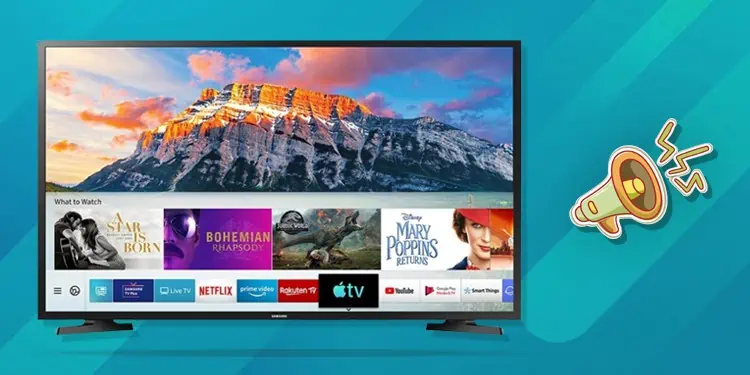Static or buzzing sound on TV is one of the most common problems faced by many people. Buzzing does not have a significant effect on the operation of your TV. However, you should be concerned if there is a massive and prolonged buzzing sound from the TV.
If you own a CRT TV, it is normal for them to produce some sound because of the mechanism they use to generate images on the screen. Having said that, we can not rule out the fact that LCD, LED, and plasma TVs are also affected by it.
The buzzing sound is primarily due to the static effect on TV speakers. But, the ground loop formation on the TV circuit is more liable in most cases. Other than that, faulty cable connections, improper voltage supply, and hardware component failure are also responsible.
How to Fix Static/Buzzing Sound on TV?
Fixing static/buzzing sound on a TV is pretty straightforward unless there is a significant hardware fault. However, before moving to other fixes, you should note that watching TV for an extended time can cause overheating of internal components like transformers, which can be responsible for a buzzing sound. Please give your TV a rest for some time to solve the issue.
Some high-end TVs even have cooling fans that can buzz when dust and debris are accumulated. Therefore you should also consider cleaning those fans to get rid of the buzzing sound.
Fix Issues with Speakers
Most of the time, the static sound on your TV is concerned with its speakers. Chances are there that the cable running from your TV’s main board to the speakers has gone bad, or the speakers themselves have malfunctioned.
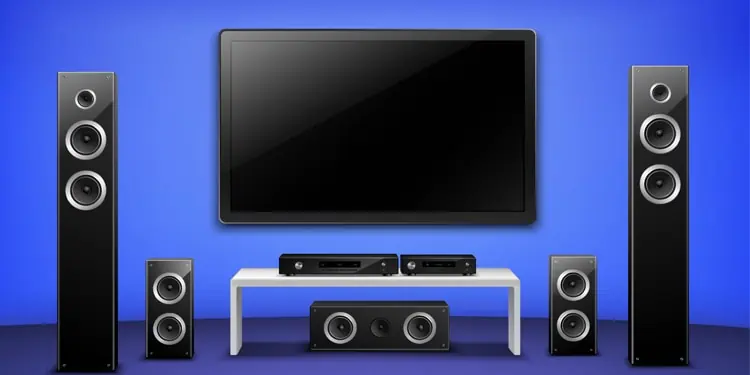
To check if speakers are the culprit, you can first lower the volume to the lowest level or mute the TV. Then inspect if you still hear the buzzing sound. If the buzzing sound vanishes, probably the speakers are problematic. You can try connecting the external speakers and using them if that’s the case. Or, take professional assistance if you want to repair the built-in speakers.
Check TV Channel and Cable Connections
Next, the channel you are watching might create a buzzing sound itself. This mostly happens due to an issue on the cable operator’s side. Please check if you hear the buzzing sound on every TV channel or only a single channel and notify the cable operator about the problem.

Likewise, it can happen when the cables connecting the source device with your TVs, like a coaxial cable, HDMI cable, or RCA cable, go faulty. Please check if the connection is proper and not loose. You can also get a replacement cable and use it to verify if the wires have gone wrong.
Diagnose Problems with Source Device
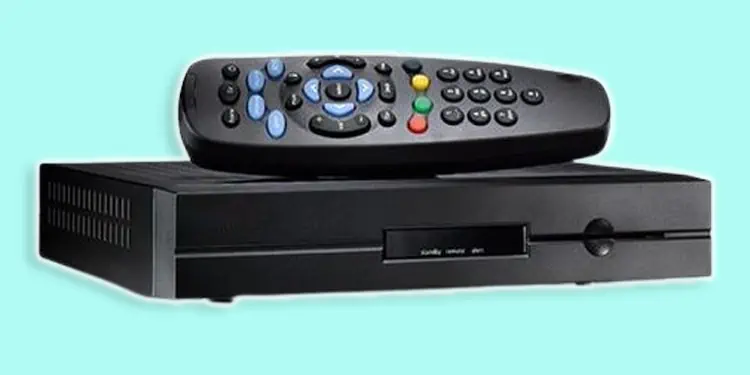
The source device you are using for streaming can also cause static sound on the TV. Please remove the source devices like a set-top box, DVD player, gaming console, or anything connected to the TV and isolate the TV. Then see if the issue persists.
If you don’t encounter a buzzing sound, probably the source device is problematic. You can switch to the next source or get a replacement of the current source device to sort out the problem.
Check the Brightness Levels and Interference
Higher brightness levels can be another reason the TV produces a buzzing sound. When you set the brightness higher, there is a sudden spike in the power consumption of the backlight. The capacitors on the backlight inverter board begin to drive excessive power, eventually causing the buzzing sound.
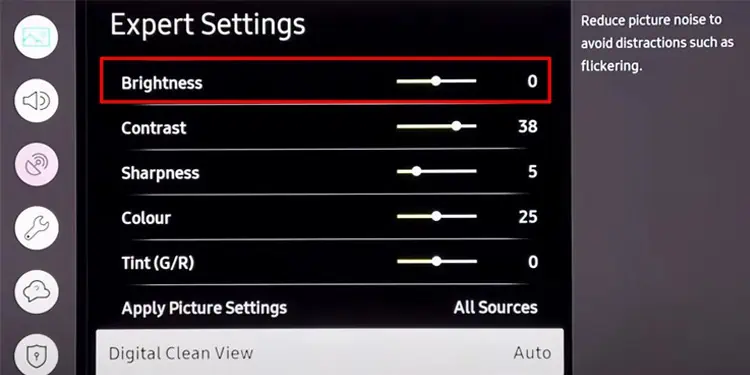
Therefore, adjust the brightness level on your TV accordingly. However, if you hear a buzzing sound even after decreasing the brightness, there might be other reasons behind it.
Meanwhile, electromagnetic interference is also the reason behind the buzzing sound. If you have placed the devices like microwave ovens, mobile phones, or other Bluetooth devices in the periphery of your TV, consider putting them apart from the TV for a better experience.
Check the Voltage Levels
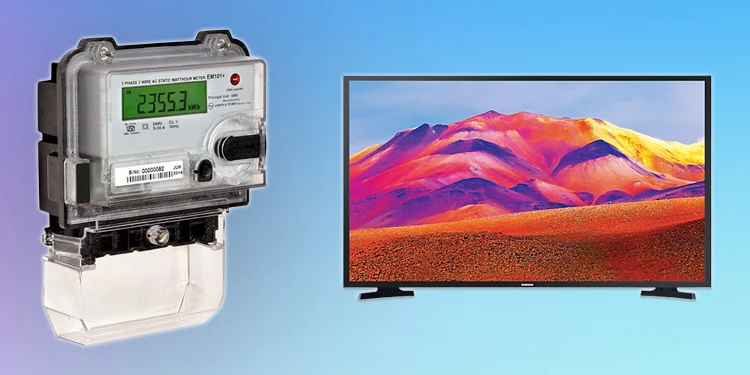
Modern TVs can operate at voltage levels anywhere between 100 to 280 volts. However, fluctuations in the voltage level beyond the specified range will prevent the power supply board from operating efficiently. The components on the power supply board and main board start making a buzzing sound thereafter. So, ensure the TV receives the precise voltage before operating it.
Fix Overmodulation
In telecommunications, overmodulation is a phenomenon that occurs when the signal from the transmitter exceeds the limit that the receiver can receive. When it comes to TV, signal distortion occurs if the TV signal has a higher frequency than the receiver could read.

If you are a cable TV user and use a set-top box for streaming, they are provided with a modulating component to fix overmodulation, but this may not always work. You can fix this by inserting a coaxial attenuator in the connection node between the cable and the set-top box. It helps balance the modulation and helps you get rid of the buzzing sound. However, if it does not work, you can ask your cable operator for a replacement set-top box.
Fix the Ground Loop

In general, a ground loop is an unwanted current path developed due to differences in the electrical potentials of two ground points in a single circuit. Talking about TV, if you connect the TV and source devices or external speakers to different wall outlets, the difference in electric potential in the same TV circuit results in a ground loop. It is heavily responsible for causing the buzzing sound due to the electromagnetic induction phenomenon.
To fix the issue, you should sort out the ground loop problem. You can do this by connecting the TV and every other associated device to a single AC power outlet. You should not face a problem afterward.
Diagnosing Hardware Elements
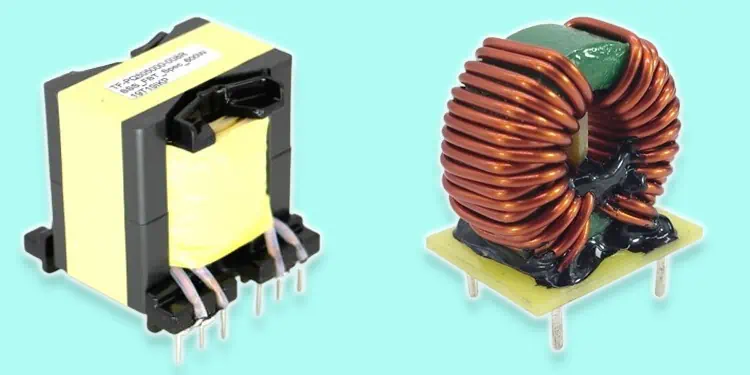
In the worst-case scenario, a component on the TV’s main board or power supply board can go bad and cause a buzzing sound. Most of the time, a faulty transformer or inductor coil on the main board is the cause. You need to dismantle the TV and perform a manual inspection to know which component is the culprit. Please follow the step-by-step guide below.
- Place the TV on a firm surface facing the back panel towards you.
- Then take off all the screws with the help of screw remover.
- Unplug all the cable connections to lift up the panel with ease.
- Once you see the main board of the TV, reconnect the power cable to the electrical outlet and the main board and turn on the TV. Please be careful not to touch any electronic components with your bare hands; else, you might get electrocuted.
- Now carefully listen from which component you are getting the buzzing sound. Take your ears near the board and find which element produces the noise. You can take a pencil and touch each component one by one. The noise becomes more intense when touched, and you can quickly identify which part is faulty.
- Inspect the power supply board in the same way to identify the culprit.
Replacing the specific component on the motherboard of your TV can be pretty complicated, and you may end up further damaging the board if you attempt to repair it yourself. So, please take the TV to the repair center and get it fixed by a professional.

